Jan Pelant in memoriam
- 96 Seiten
- 4 Lesestunden


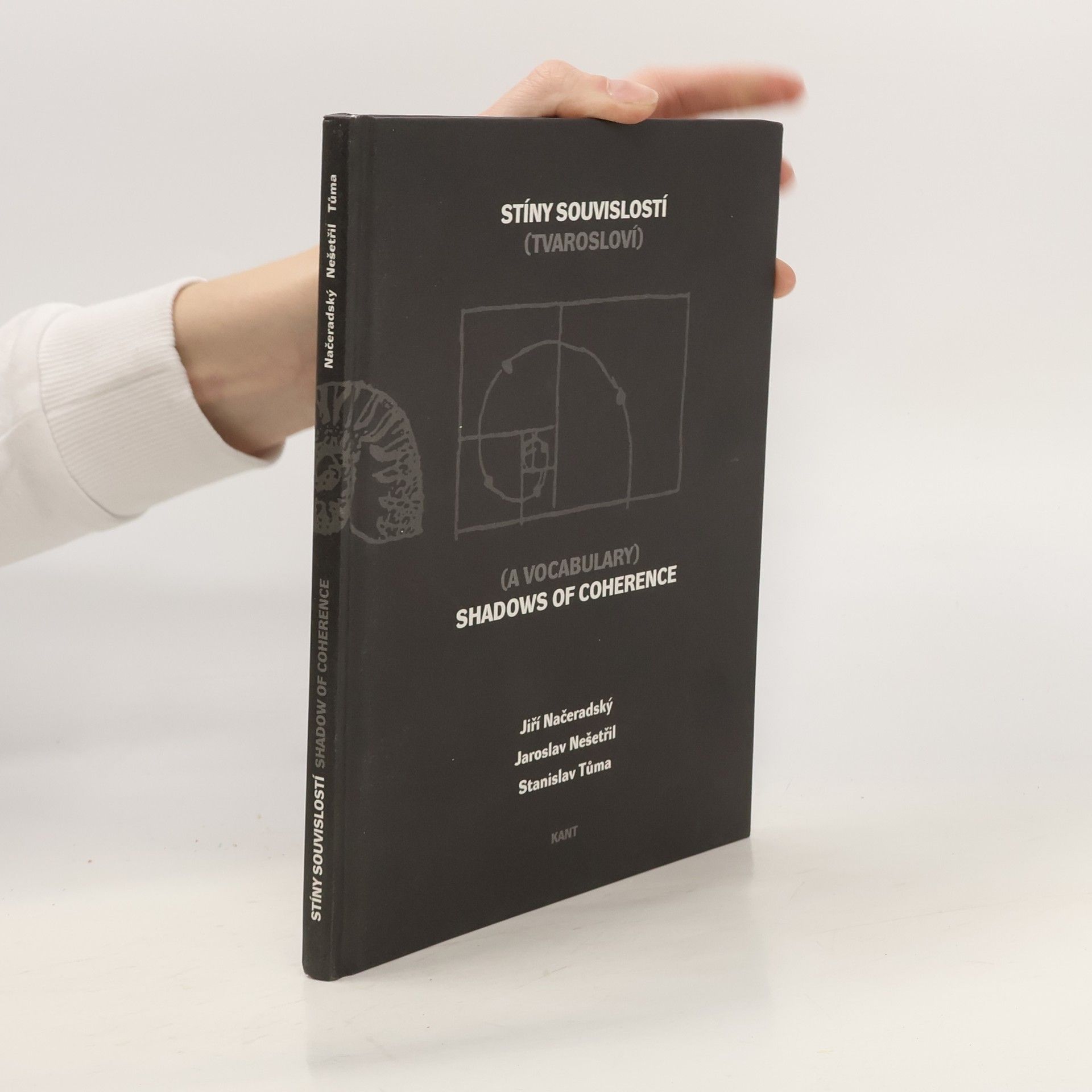
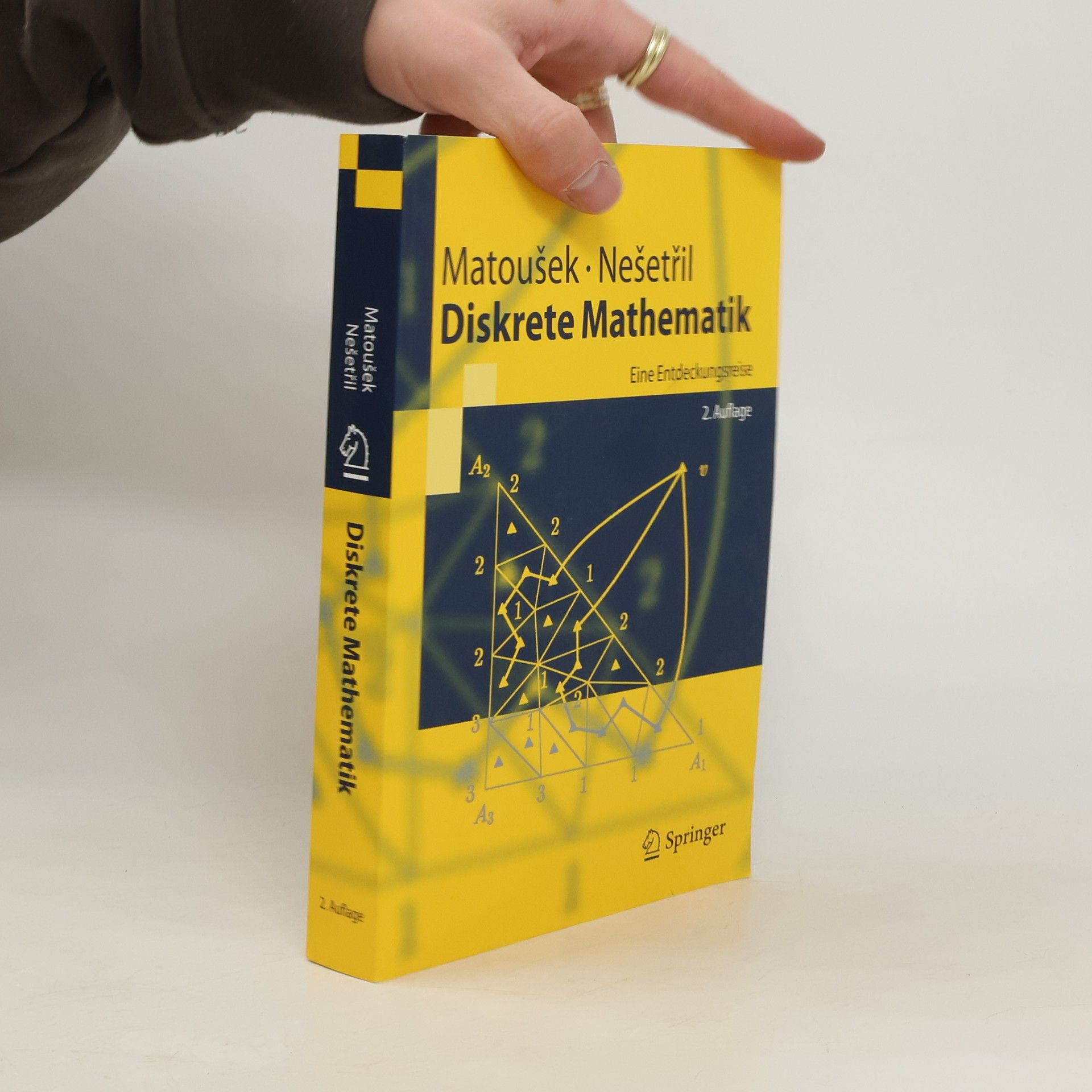
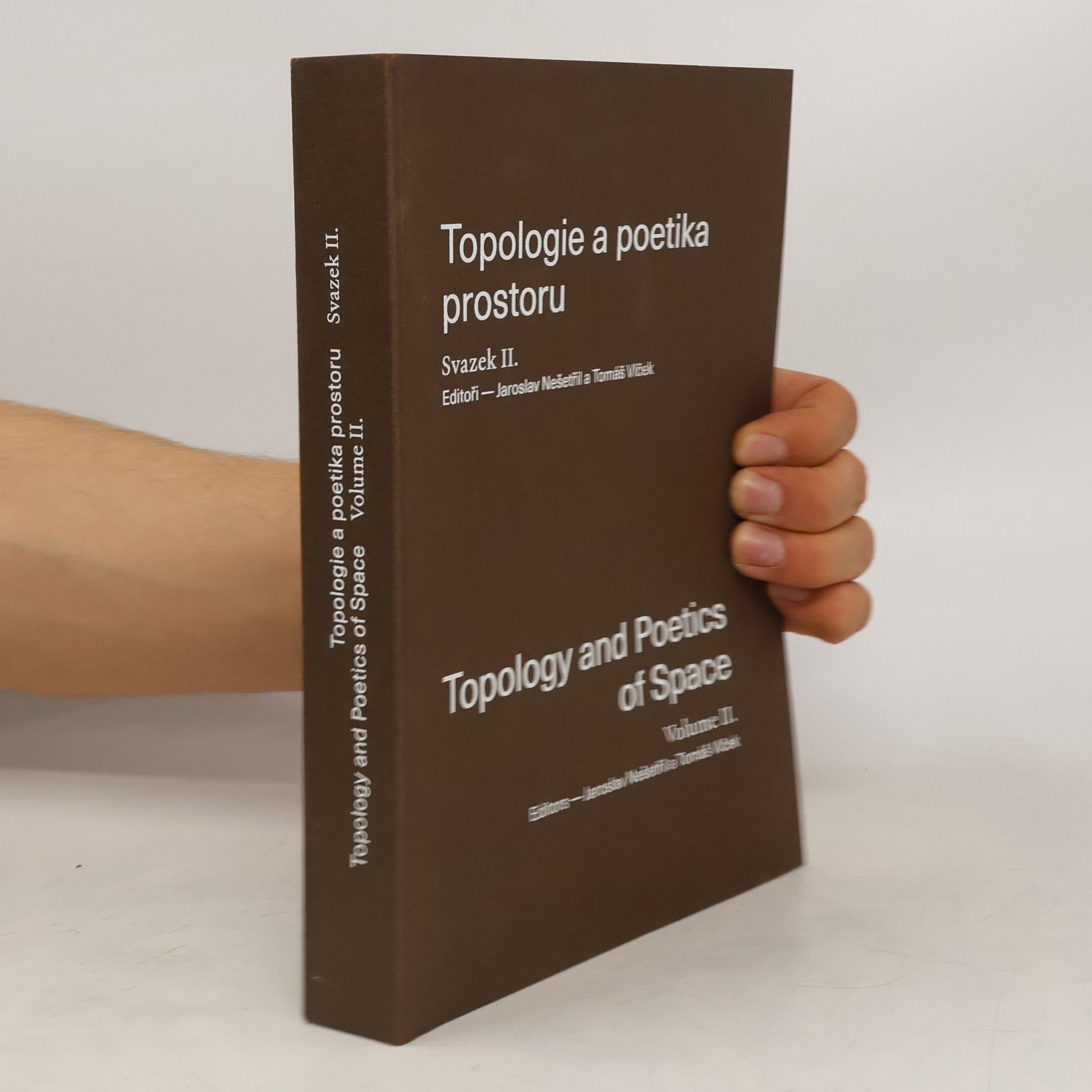
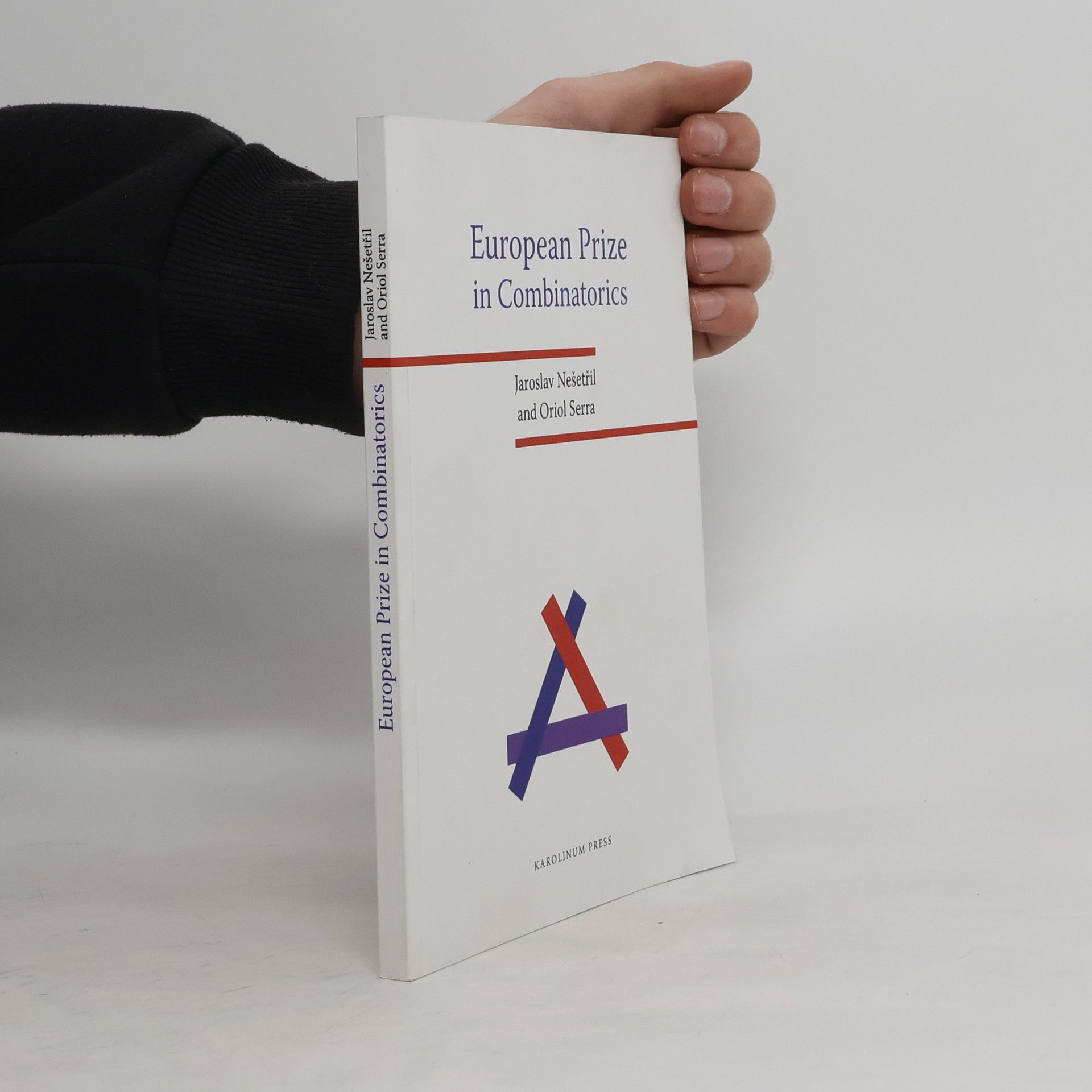
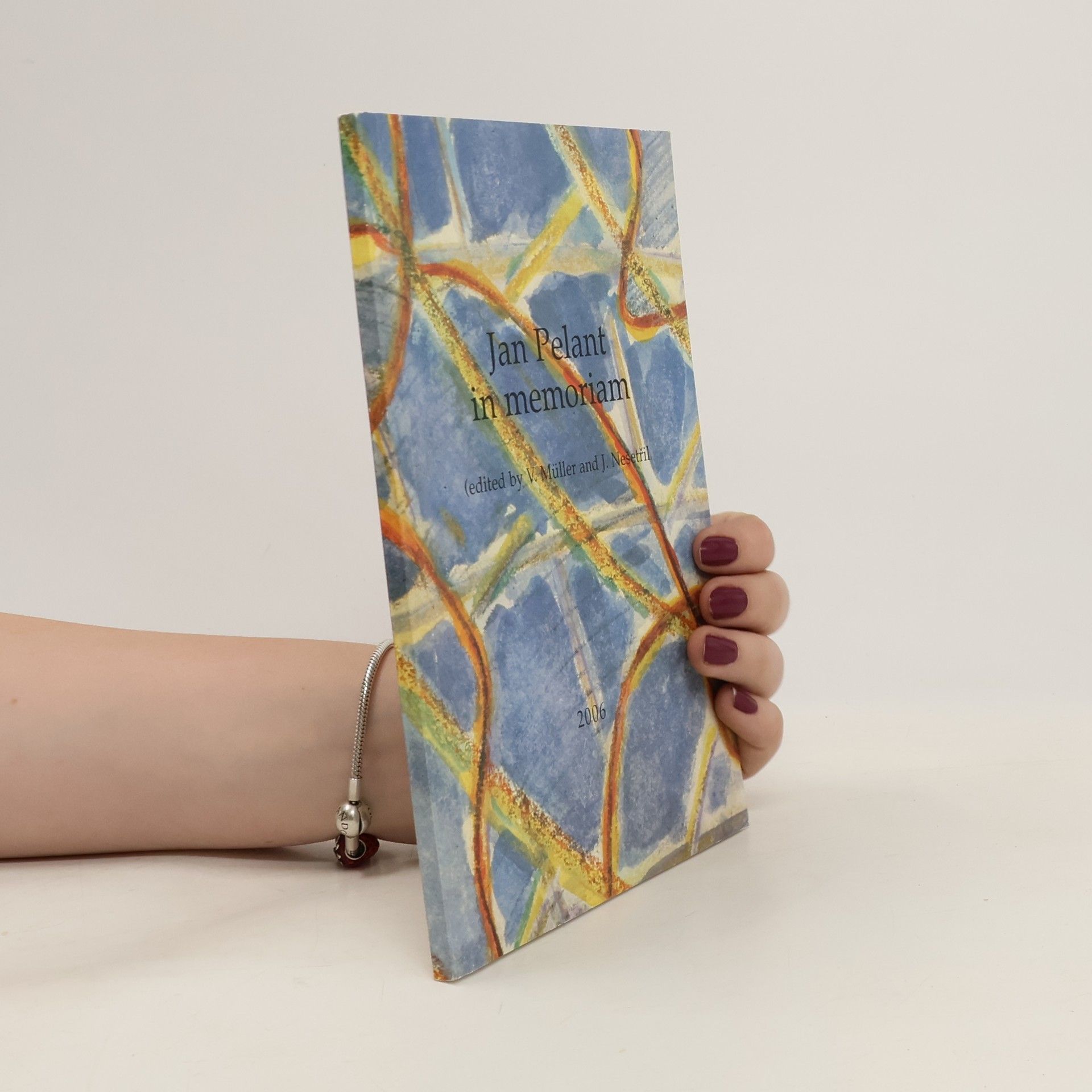
Dieses Buch bietet eine hervorragende Einführung in Kombinatorik und Graphentheorie für Studienanfänger in Mathematik und Informatik. Besonders bemerkenswert ist der ungewöhnliche und attraktive Stil der Darstellung. Die Sprache ist vorwiegend dialogisch, was den Leser in die Gedankengänge des Autors hineinzieht. Zu Beginn eines Beweises werden die Grundidee und Zielsetzung erläutert, und im weiteren Verlauf fördern alternative Formulierungen das Verständnis. Dies ermöglicht dem Leser, adäquate Vorstellungen zu den formalen Schritten zu entwickeln, was eigenständiges und kreatives Denken anregt. Die Lektüre ist somit motivierend und anregend! Die Aufgaben sind anspruchsvoll, werden jedoch ausführlich erklärt. Die Themen der Kombinatorik und Graphentheorie werden in all ihren Facetten, reizvollen Ergebnissen und vielfältigen Anwendungen behandelt. Die Autoren beweisen zentrale Sätze mehrfach und motivieren wichtige Theorien anregend. Ihr Ziel, Freude am mathematischen Denken zu vermitteln, haben sie erreicht. Eine Vielzahl interessanter Aufgaben bereichert den Text, und für die schwierigeren Aufgaben gibt es Lösungshilfen im Schlusskapitel. Schulkenntnisse reichen oft für ein Verständnis aus, sodass der Band auch Schülern empfohlen werden kann.
Malíř (Načeradský), matematik (Nešetřil) a fotograf (Tůma) předkládají jemné předivo své spolupráce ve tvaru latentním a částečně i dekumentárním.Obrazová publikace, která je i místopisem a výletem do světa představivosti.
25 Jahre Zahlenteufel von Hans Magnus Enzensberger und Rotraut Susanne Berner! Die vergnügliche Einführung in die Rätsel der Mathematik jetzt als Jubiläumsausgabe Mathe ist eigentlich nicht Roberts Sache, Brüche und Potenzen sind ihm ein Graus. Doch dann taucht zwölf Nächte lang ein verrückter Zahlenteufel in seinen Träumen auf, jongliert mit Formeln und Zahlenreihen, bis die trockene Materie greifbar wird und zu funkeln beginnt. Nacht für Nacht macht der Zahlenteufel Robert mit mathematischen Rätseln und Tricks vertraut, bis er selbst mühelos mit den Zahlen spielt. So aufregend war Mathematik noch nie – die Leser werden staunen, wie leicht verständlich der Schulstoff plötzlich ist und wie viel Spaß er macht. Ein zeitloser Klassiker und eine Neuentdeckung für jede Generation.
Úvodní monografie, věnovaná teorii grafů a jejím aplikacím. Obsahuje jak klasické, tak moderní partie, přičemž je kladen důraz na nejnovější poznatky a na směry, jimiž se teorie grafů ubírá.